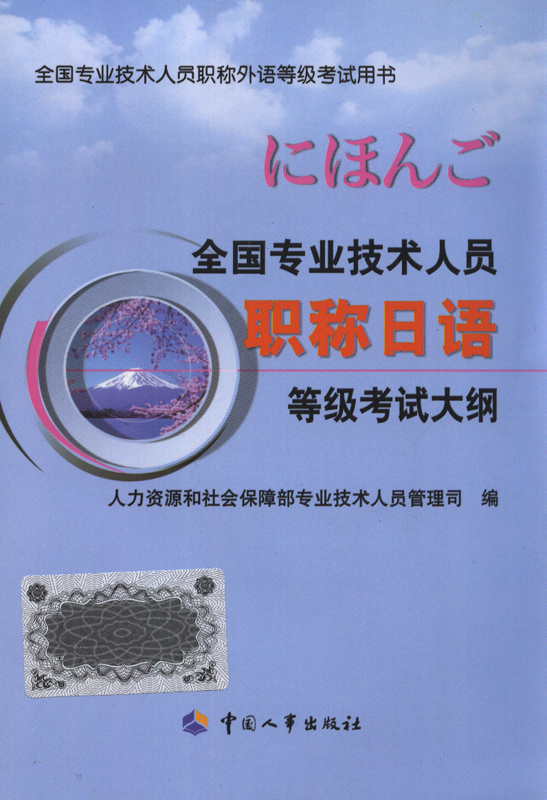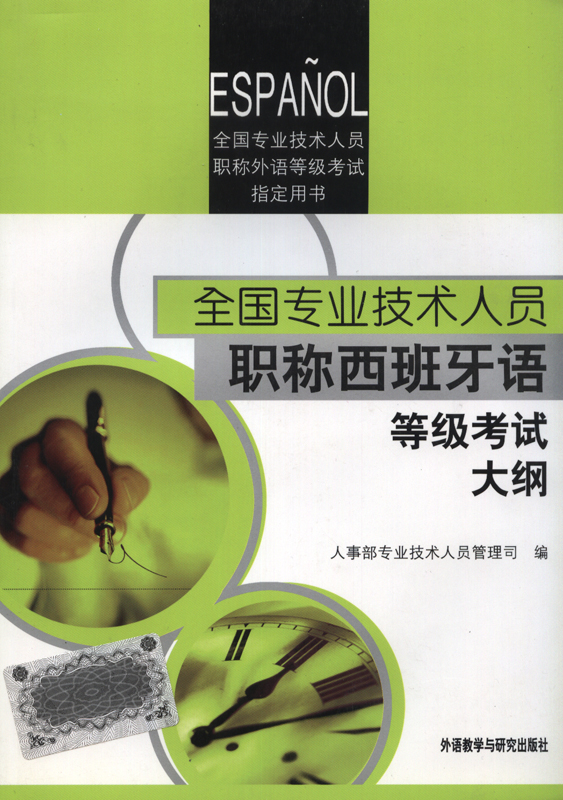Older Volcanic Eruptions
Volcanoes were more destructive in ancient history, not because they were bigger, but because the carbon dioxide they released wiped out life with greater ease.
Paul Wignall from the University of Leeds was investigating the link between volcanic eruptions and mass extinctions. Not all volcanic eruptions killed off large numbers of animals, but all the mass extinctions over the past 300 million years coincided with huge formations of volcanic rock. To his surprise, the older the massive volcanic eruptions were, the more damage they seemed to do. He calculated the "killing efficiency" for these volcanoes by comparing the proportion of life they killed off with the volume of lava that they produced. He found that size for size, older eruptions were at least 10 times as effective at wiping out life as their more recent rivals.
The Permian extinction, for example, which happened 250 million years ago, is marked by floods of volcanic rock in Siberia that cover an area roughly the size of western Europe. Those volcanoes are thought to have pumped out about 10 gigatonnes of carbon as carbon dioxide. The global warming that followed wiped out 80 per cent of all marine genera at the time, and it took 5 million years for the planet to recover. Yet 60 million years ago, there was another huge amount of volcanic activity and global warming but no mass extinction. Some animals did disappear but things returned to normal within ten thousands of years. "The most recent ones hardly have an effect at all," Wignall says. He ignored the extinction which wiped out the dinosaurs 65 million years ago, because many scientists believe it was primarily caused by the impact of an asteroid. He thinks that older volcanoes had more killing power because more recent life forms were better adapted to dealing with increased levels of CO2.
Vincent Courtillot, director of the Paris Geophysical. Institute in France, says that Wignall’s idea is provocative. But he says it is incredibly hard to do these sorts of calculations. He points out that the killing power of volcanic eruptions depends on how long they lasted. And it is impossible to tell whether the huge blasts lasted for thousands or millions of years. He also adds that it is difficult to estimate how much lava prehistoric volcanoes produced, and that lava volume may not necessarily correspond to carbon dioxide emissions.
Black Holes Trigger
Scientists have long understood that supermassive black holes weighing millions or billions of suns can tear apart stars that come too close.The black hotels gravity pulls harder on the nearest part of the star,an imbalance that pulls the star apart over a period of minutes or hours,once it gets close enough.
Scientists say this Uneven pulling is not the only hazard facing the star.The strain of these unbalanced forces can also trigger a nuclear explosion powerful enough to destroy the star from within.Matthieu Brassart and Jean-Pierre Luminet of the Observatoire de Paris in Meudon,France1,carried out computer simulations of the final moments of such an unfortunate star‘s life,as it veered towards a supermassive black hole.
When the star gets close enough,the uneven forces flatten it into a pancake shape.Some previous studies had suggested this flattening would increase the density and temperature inside the star enough to trigger intense nuclear reactions that would tear it apart.But other studies had suggested that the picture would be complicated by shock waves generated during the flattening process and that no nuclear explosion should occur.
The new simulations investigated the effects of shock waves in detail,and found that even when their effects are included,the conditions favor a nuclear explosion.“There will be an explosion of the star — it will be completely destroyed,” Brassart says. Although the explosion obliterates the star,it saves some of the star‘s matter from being devoured by the black hole.The explosion is powerful enough to hurl much of the star’s matter out of the black hole‘s reach,he says.
The devouring of stars by black holes may already have been observed,although at a much later stage.It is thought that several months after the event that rips the star apart,its matter starts swirling into the hole itself.It heats up as it does so,releasing ultraviolet light and X-rays.
If stars disrupted near black holes really do explode,then they could in principle allow these events to be detected at a much earlier stage,says Jules Hatpern of Columbia University in New York,US2.“It may make it possible to see the disruption of that star immediately if it gets hot enough,” he says.
Brassart agrees.“Perhaps it can be observed in the X-rays and gamma rays,but it‘s something that needs to be more studied,” he says.Supernova researcher Chris Fryer of the Los Alamos National Laboratory in Los Alamos,New Mexico,US3,says the deaths of these stars are difficult to simulate,and he is not sure whether the researchers have proven their case that they explode in the process.
词汇:
supermassive adj.特大质量的
imbalance/im5bAlEns/n.不平衡,不平衡
veer/ viE/v.转向,改变方向
flatten/5flAtn/v.使成扁平,夷平
pancake/5pAnkeik/n.薄煎饼
obliterate/E5blitEreit/v.抹去,除去,消除
devour/di5vauE(r)/v.吞没;毁灭
swirl/swE:l/打旋,旋动
gamma rays γ 射线
supernova/7sju:pE5nEuvE/n.超新星
















